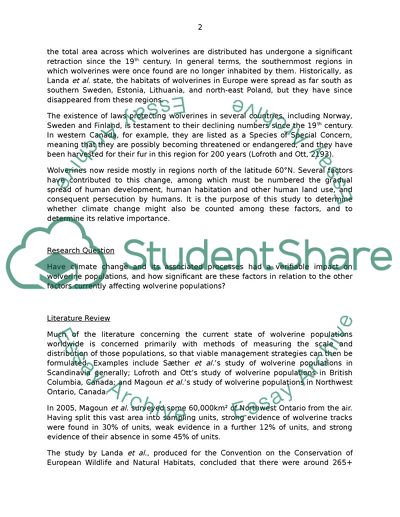Cite this document
(“The Effect of Global Warming on Arctic Wolverines Research Paper”, n.d.)
The Effect of Global Warming on Arctic Wolverines Research Paper. Retrieved from https://studentshare.org/environmental-studies/1740608-affect-of-global-warming-on-arctic-wolverines
The Effect of Global Warming on Arctic Wolverines Research Paper. Retrieved from https://studentshare.org/environmental-studies/1740608-affect-of-global-warming-on-arctic-wolverines
(The Effect of Global Warming on Arctic Wolverines Research Paper)
The Effect of Global Warming on Arctic Wolverines Research Paper. https://studentshare.org/environmental-studies/1740608-affect-of-global-warming-on-arctic-wolverines.
The Effect of Global Warming on Arctic Wolverines Research Paper. https://studentshare.org/environmental-studies/1740608-affect-of-global-warming-on-arctic-wolverines.
“The Effect of Global Warming on Arctic Wolverines Research Paper”, n.d. https://studentshare.org/environmental-studies/1740608-affect-of-global-warming-on-arctic-wolverines.


